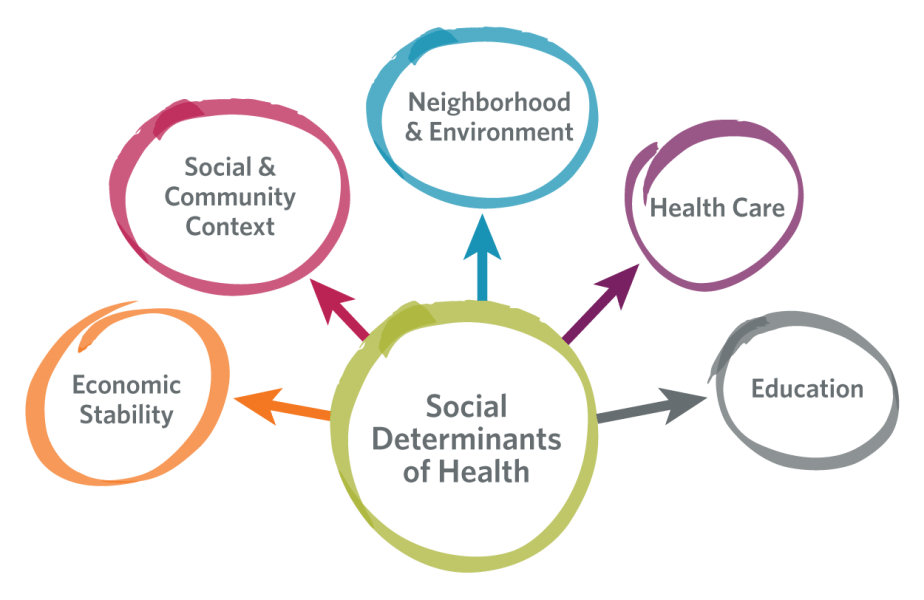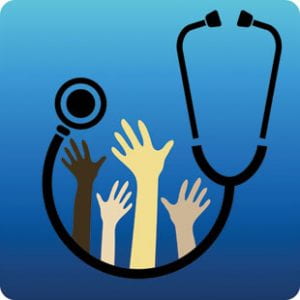I glanced a little bit from the window to fill the emptiness that surrounded those seconds.
I had never seen that many bicycles in just one household. I could not counted them all, as the heaviness that those seconds were carrying did not allow me to, but they were more than twenty for sure.
– Are those all your bicycles?, – I asked from pure curiosity but also proudly that I found a theme I could bring on the table.
– I used to have many more, – A. replied without even looking, nor at them, nor at me. -They were my passion. I used to collect them and I would ride a bicycle around the city. I was fascinated by their mechanism, but also, I was active and I had a connection with nature.
– They are not your passion anymore?
– I do not find any more pleasure in them. I haven’t ridden a bicycle in a year now. We sold some…I can not find pleasure in anything, anymore.
A. was 32 years old male and had been diagnosed with depression a year ago. I visited him in his house during a night shift in the Pre-Emergency Department in Albania, when we received a call from his mother. She knew it was not an emergency, but she begged for a visit. She was afraid for him.
Mental health is not just the overheard notion on social media. Mental health is everywhere around us. Mental health were most of the ER patients which I visited. Mental health was my bestfriend who called to tell me she was experiencing her first panic attack and she was feeling breathless. It was my other friend who could not find any motivation to get out of his bed in the morning for four months consecutively after he lost his job. Mental health was me, when I first experienced my first ever suicidal thought after I failed a class during my first year in Medical school.
According to CDC:
“Mental health includes our emotional, psychological, and social well-being. It affects how we think, feel, and act. It also helps determine how we handle stress, relate to others, and make healthy choices. Mental health is important at every stage of life, from childhood and adolescence through adulthood.”
While mental illnesses are conditions that affect a person’s thinking, feeling, mood or behavior, such as depression, anxiety, bipolar disorder, or schizophrenia. Such conditions may be occasional or long-lasting (chronic) and affect someone’s ability to relate to others and function each day.
The terms are used interchangeably, although not every time they mean the same thing. You can have poor mental health, but do not fit the criteria to be diagnosed with a mental illness, or you can be diagnosed with a mental illness, but experience periods of good mental health.
My first understanding of “mental health” happened in my Epidemiology class in Medical School. My professor told us that One in Three students has suffered or will suffer at some point of his college studies from mental health issues, mostly anxiety and depression. It was a college-related health issue, but at the same time, we heard about it only when we were during our fourth year of studies. So why not before?
One in T hree from us, statistically speaking had already experienced a type of mental illness and went through the battle all alone plus surrounded by the stigma.
hree from us, statistically speaking had already experienced a type of mental illness and went through the battle all alone plus surrounded by the stigma.
I myself experienced it, and did not know how to recognize it or where to ask for help.
It made me think that if something like this is happening at a medical school where students have an opportunity to express and talk openly about their health issues, the situation must be worse in other settings.
So how are we globally doing with our Mental Health?
One in Four people in the world will be affected by mental or neurological disorders at some point in their lives. Around 450 million people currently suffer from such conditions, placing mental disorders among the leading causes of ill-health and disability worldwide.
Mental and substance use disorders are ranked number four among top leading causes of disease burden at a global level, and they are the number one leading cause of disability worldwide.
***
A.’s mother called us because the burden of the disease was too much to carry for her. A. himself felt helpless, going from one doctor to another, trying one medication to another, and not a lot of things seemed to help.
The psychiatry department where I worked looked more like a refined version of the ones you would see in old movies, rather than the ones I would envision or I would like my patients to be in. All of these settings would contribute to the stigma and misbeliefs around mental illness.
You could sense everywhere and everytime that most of the people believed mental illness were untreatable.
While I was reading 10 Facts about Mental Illness by WHO they resigned with me. Coming from a developing country, the reality I would see everyday there, was the one WHO was describing.
Fact 7:
Stigma and discrimination against patients and families prevent people from seeking mental health care. This stigma can lead to abuse, rejection and isolation,and exclude people from health care or support. Within the health system, people are too often treated in institutions which resemble human warehouses rather than places of healing.
Despite the chronic and long-term nature of some mental disorders, with the proper treatment, people suffering from mental disorders can live productive lives and be a vital part of their communities.
Up to 60% of people with depression can recover with a proper combination of antidepressant drugs and psychotherapy.
Mental health is determined by a range of socioeconomic, biological and environmental factors and so is its treatment. It is complex, it involves a lot of partners, but it also works!
And in its effort to globally increase the work that is being done towards strengthening and promoting mental health, WHO is working with governments to integrate effective strategies into policies and plans.
And they have an Action Plan which focuses on 4 objectives:
- strengthen effective leadership and governance for mental health;
- provide comprehensive, integrated and responsive mental health and social care services in community-based settings;
- implement strategies for promotion and prevention in mental health; and
- strengthen information systems, evidence and research for mental health.


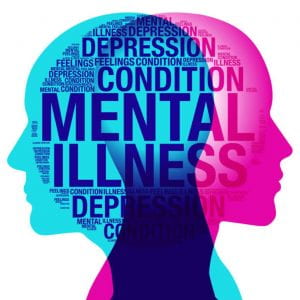
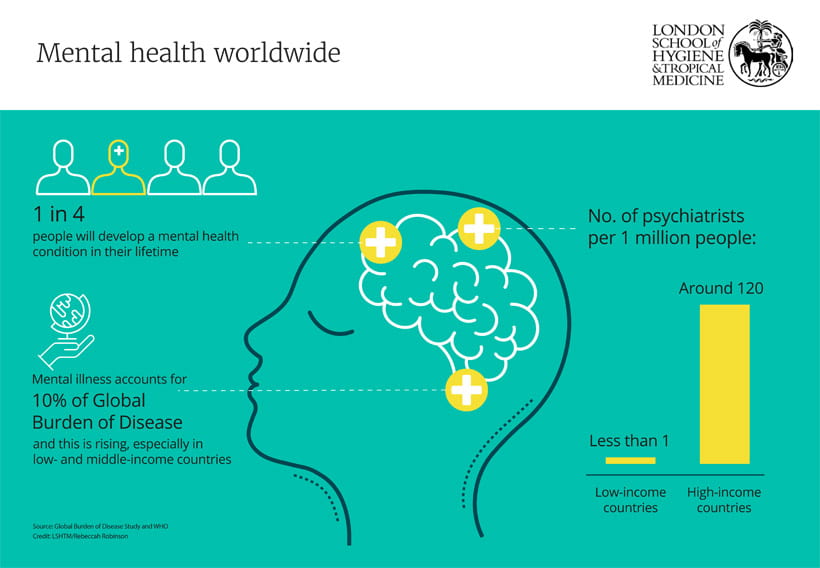
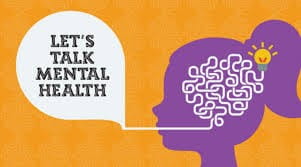
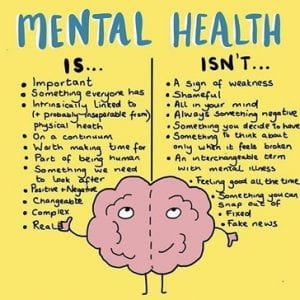






 You
You










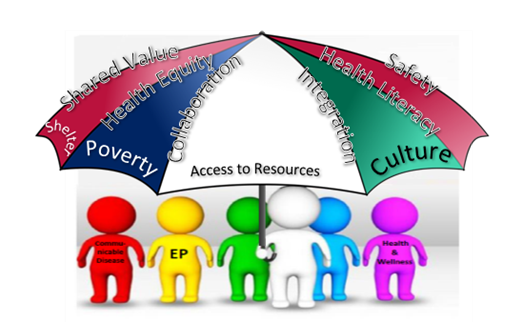 developing certain chronic diseases. When people think of public health, they think of doctors, insurers, pharmaceutical companies, and policy makers that are trusted with the responsibility of their care. These professionals are given the duty of providing equitable opportunities for sustainable and healthy lifestyles for all people living in this country. More importantly, they are heavily relied upon in the event that a person is found to have developed a chronic disease. We put our trust in these people with the hopes that they will honor the commitments they made to every single person under their care. Now, imagine if some of those people who are in charge of caring for you decide to judge you based on something you cannot control. Imagine that you are not getting the same care that everyone else is getting because of the color of your skin. Well, for far too many people in our country, they do not have to imagine the consequences of these scenarios. For far too many people of ethnic and racial diversity, they do not have to imagine these consequences because they have witnessed them. This, unfortunately, is the reality of the world we have been living in for far too many years and people are finally speaking out to claim the rights they deserve.
developing certain chronic diseases. When people think of public health, they think of doctors, insurers, pharmaceutical companies, and policy makers that are trusted with the responsibility of their care. These professionals are given the duty of providing equitable opportunities for sustainable and healthy lifestyles for all people living in this country. More importantly, they are heavily relied upon in the event that a person is found to have developed a chronic disease. We put our trust in these people with the hopes that they will honor the commitments they made to every single person under their care. Now, imagine if some of those people who are in charge of caring for you decide to judge you based on something you cannot control. Imagine that you are not getting the same care that everyone else is getting because of the color of your skin. Well, for far too many people in our country, they do not have to imagine the consequences of these scenarios. For far too many people of ethnic and racial diversity, they do not have to imagine these consequences because they have witnessed them. This, unfortunately, is the reality of the world we have been living in for far too many years and people are finally speaking out to claim the rights they deserve.

 #BlackLivesMatter was founded in the United States in 2013 and has since expanded to Canada and the UK. BLM continues to inspire people all over the world to not become complacent with the way things are. It challenges people to constantly think and evaluate the way they do things, think about things, and how the world thinks and does things. The goal of the BLM movement is to “eradicate white supremacy and build local power to intervene in violence inflicted on Black communities by the state and vigilantes” (BLM, 2020). Another more broad goal of BLM is to end the suppression of colored people in all areas of the world. If you would like to know more about the #BLM movement, visit their website
#BlackLivesMatter was founded in the United States in 2013 and has since expanded to Canada and the UK. BLM continues to inspire people all over the world to not become complacent with the way things are. It challenges people to constantly think and evaluate the way they do things, think about things, and how the world thinks and does things. The goal of the BLM movement is to “eradicate white supremacy and build local power to intervene in violence inflicted on Black communities by the state and vigilantes” (BLM, 2020). Another more broad goal of BLM is to end the suppression of colored people in all areas of the world. If you would like to know more about the #BLM movement, visit their website 








